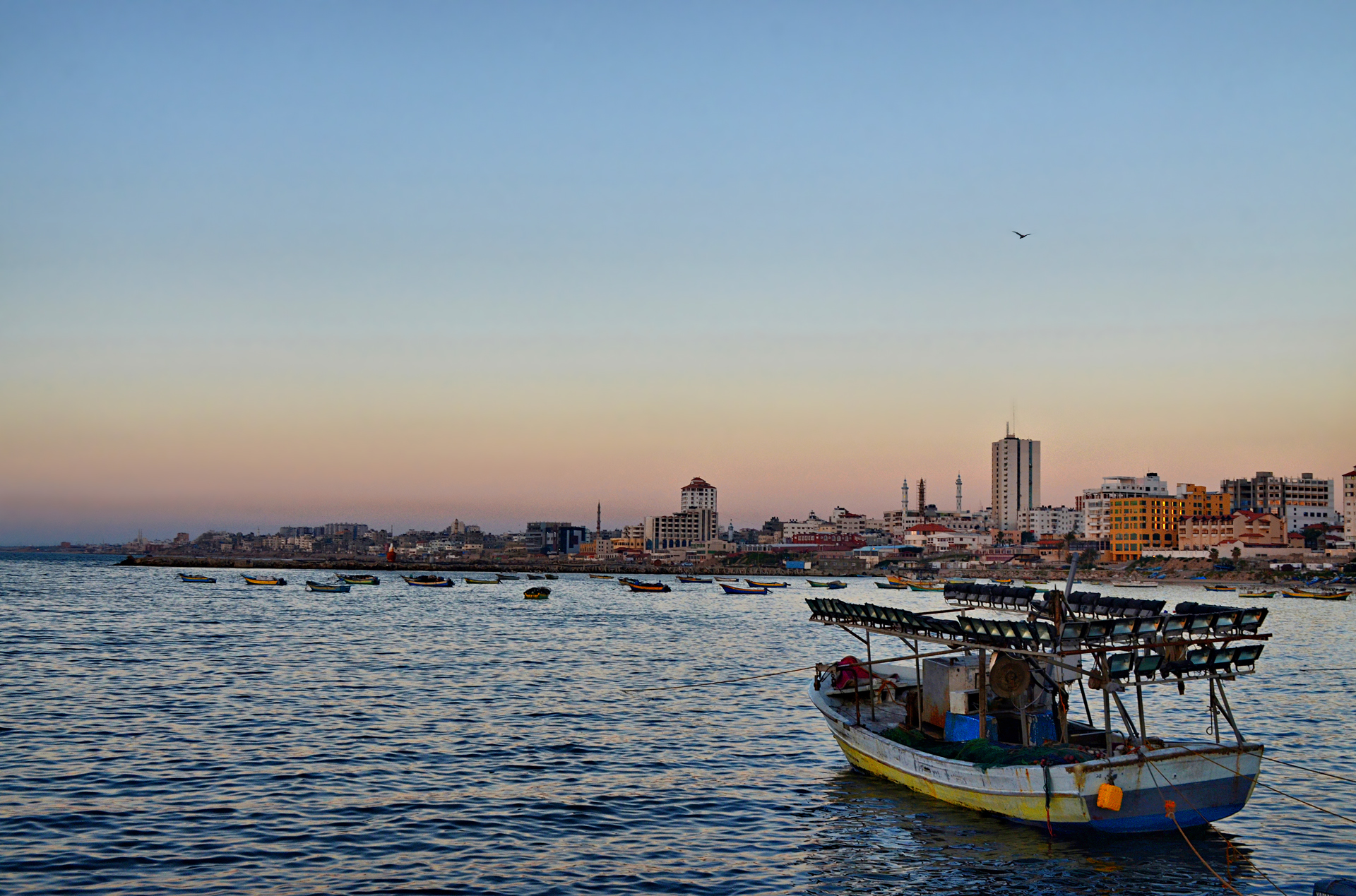
Eran Shayshon*
August 2014
If Hamas had changed its aspiration to annihilate the state of Israel, and had renounced the use of terror, the Gaza-Egypt Rafah Crossing would be open, and Gaza would have an international seaportand maybe even an airport. But this is not what Hamas really wants.
As the fire between Israel and Gaza continues, Israel is facing increasing calls from the international arena to surrender to Hamas’s conditions for a ceasefire by “lifting the siege” on Gaza and establishing an international seaport and airport in Gaza. There is a major, and unfounded, underlying assumption behinds these calls: that Hamas is genuinely motivated by its responsibility for the welfare of Gazans. Thus, seemingly, when the “siege” ends, there would not be a real reason for Hamas to continue the fight.
To start with, plain and simple, Gaza is not under siege according to international law. Following the Gaza Flotilla incident – in which Israel raided a Turkish-based flotilla that aimed to “break the siege” on Gaza – the UN established a formal investigation committee headed by the former prime minister of New Zealand, Geoffrey Palmer, to review the incident. Likely to the surprise and disappointment of Turkish Prime Minister Erdogan, who pushed for the establishment of the committee, the Palmer Report concluded that the Israeli naval blockade on Gaza is legal, and wrote that “Israel faces a real threat to its security from militant groups in Gaza … The naval blockade was imposed as a legitimate security measure in order to prevent weapons from entering Gaza by sea and its implementation complied with the requirements of international law.”
The fact that the naval blockade on Gaza is legal has not made the life of Gazans any easier. Restrictions on the movement of people and goods to and from Gaza have caused significant suffering. This situation culminated in a human tragedy in the current month-long war. In the eyes of many, Hamas is fighting the war to improve the life of Gazans. Yet Hamas’s current and past conduct suggests otherwise.
Even after Hamas’s military coup in Gaza in 2007, it consistently rejected the three demands placed by the international community – recognizing Israel, reaffirming existing agreements and stopping terrorism – and almost overnight changed the life of Gazans:
The Egypt-Gaza Rafah Crossing – Following Israel’s unilateral disengagement from Gaza in 2005, Israel withdrew from the Egyptian-Gazan border (Philadelphie Route). Later that year Israel waived its control over the external perimeter of the Gaza for the first time in the “Agreement on Movement and Access” (11/05), which transferred responsibility for security arrangements relating to the Rafah Crossing from Israel to the EU Border Assistance Mission, Egypt and the Palestinians. Upon completing its coup in Gaza in 2007, Hamas expelled the EU force and dissolved the agreement. Since then the passage of goods and people between Gaza and Egypt has not been regulated or continuous.
International Seaport – Israel and the PLO agreed during the Oslo Process to establish an international seaport in Gaza. Construction began in 2000. Following the wave of terror during the Second Intifada, Israel bombed the construction site in 2001. However, in the “Agreement on Movement and Access” of 2005, Israel agreed to the resumption of work in the port site. Hamas, as stated above, dissolved the agreement following its coup in Gaza. In Operation Cast Lead (2009), the construction site was destroyed.
International airport – From the international airport of Dahaniya in Southern Gaza, Palestinian Airlines operated flights to Amman, Cairo, Istanbul, Larnaca, Jeddah, Abu-Dhabi, Doha and Dubai for several years until the outbreak of the Second Intifada (2001), in which Hamas took a leading role.
Fishing off the Gaza coast – Israel contracted the territorial limit for fishing off the Gaza strip only as a direct security measure taken following specific actions of Hamas or other Palestinian factions operating in Gaza: the range was limited to twelve miles from the Gaza coast with the outbreak of the Second Intifada (2001); to six miles following the abduction by Hamas of the Israeli soldier Gilad Shalit (2006); and to three miles following Operation Cast Lead (2009) which followed Hamas extensive shooting on Israel. Israel reinstated the limit to six miles following Operation Pillar of Defense (2011).
In the big picture, Hamas denies Israel’s right to exist and strives to establish an Islamic state in its place. According to the Hamas Charter, the only way to realize these objectives is through armed struggle. This is the main goal of Hamas, which even shoots the border crossing between Israel and Gaza through which food and goods are delivered to Gazans. If Hamas hadn’t taken over the Gaza Strip, or if Hamas had abandoned its desire to destroy Israel, it is likely that all of the restrictions on the movement of people and goods in Gaza would not exist.
Palestinian in Gaza are the victims of the ongoing conflict, and they surely deserve full attributes of statehood, including an air and sea ports. The fact that the naval blockade on Gaza is legal, does not mean that Israel should be immune to criticism, and it certainly should do everything it can to allow for the normal functioning of the Gazan economy.
Yet, the party most prominently responsible for the miserable life of Gazans is Hamas. If Hamas really wanted to remove the “siege” on Gaza, it would change its vision and practices that are aimed at destroying Israel, and strive for a political settlement instead of launching rockets. The truth is, Hamas wants a seaport in order to better prepare for the next round of military clash with Israel. There is no reason for Israel to give that to it.
*Eran Shayshon is the former Director of Policy and Strategy at the Reut Institute and currently works as an associate director in a global business diplomacy firm in Israel.
Photo: Ramex Habboub/Creative Commons
